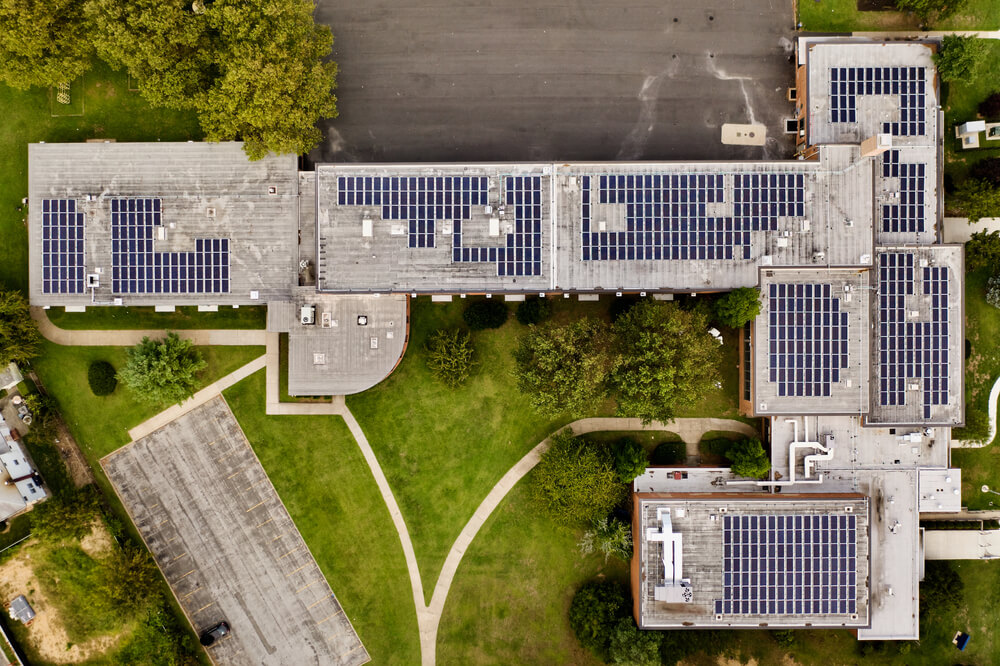Municipal (muni) bond financing is as influential for communities as it might be invisible to many. It is the driving source of funding behind a wide variety of capital projects, from public facilities and infrastructure to housing and schools that have been funded by the $4.1 trillion of outstanding issuance in the municipal bond market.
2023 saw a near-peak level of new muni bond borrowing, at $295 billion. The level of muni bonds that are outstanding dwarfs the size of other federal investment supports such as the New Markets Tax Credit, Opportunity Zones, the Community Development Block Grant, and the Low-income Housing Tax Credit.
As with other public finance mechanisms, issuers in the muni bond market have clear public sector accountability and control over how resources are spent, particularly on infrastructure projects. States and local governments issue bonds, as do special tax districts, school districts, water/sewer authorities, ports, housing agencies and more—all of which have some degree of public oversight.
Yet despite requirements for public notice and some public approval requirements (e.g., ballot measures for approval of general obligation bonds), muni bond issuances have not historically had consistent and transparent information and disclosures that are comparable, particularly when issuances carry designations that suggest they advance racial or social equity outcomes. And even for issuances that do purport to advance equity, many investors question whether such issuances are achieving the desired results.
Municipal bond equity scorecard
While it is impossible to know for certain how far any investment will advance racial and social equity, through systematically reviewing the intended beneficiaries and outcomes of proposed projects, muni bond issuers can use data and information strategically to make much more informed decisions, and potentially inform investors who want to know deeper outcomes.
To support this, we recently launched the Municipal Bond Racial and Social Equity Scorecard, part of a broader multi-partner effort to create a Municipal Bond Markets and Racial Equity Framework led by the Public Finance Initiative. The scorecard is a free online tool, designed to help issuers and borrowers document, self-assess, and summarize the potential racial equity and social impacts of proposed bond issuances.
The scorecard is designed to be used at any stage of a bond deal, whether in the preissuance issuance, or post-issuance phase. It may be especially useful in the preissuance phase (before the sale and closing), when users may be able to use scorecard results to inform decisions about the issuance before it is finalized.
It can also be used multiple times throughout an issuance’s lifetime to examine how racial or social equity is being integrated in core aspects of a bond issuance, including the plan of finance for the bond deal, the way the proceeds of the issuance will be used, community engagement processes related to the projects in the offering, and other aspects of a deal where racial or social equity objectives can be centered meaningfully.
Use of proceeds
The Municipal Bond Racial and Social Equity Scorecard is structured as an online survey with an extensive set of questions about the use of proceeds, organized into seven impact areas: accessible, high-quality jobs; community wealth building; affordable and accessible housing; environment and open spaces; health, social services, and cultural amenities; transportation and transit; and schools and education. Since both process and product are vital, the scorecard also asks about community priorities and engagement around the use of proceeds. Alignment with community priorities is important enough to serve as the heart of how scoring works.
After completing the scorecard, issuers receive a score weighted by community priorities, a graphic illustrating the unweighted scores by impact area, interpretation guidance, and a comprehensive list of responses.
We developed the scorecard in a highly participatory way, responsive to industry and community input, and informed by insights from over 100 focus groups with bond issuers, investors, rating agency leaders, and other bond market stakeholders who informed the design of the Municipal Bond Markets and Racial Equity Framework.
On the ground
Bond issuers have shared how the tool can be potentially valuable to their efforts to assess and report on equity outcomes, including Chicago’s Office of Equity and Racial Justice, which informed development and joined us to help launch the tool. And we are supporting several other bond issuers as they begin implementation, and expanding those efforts to assist issuers via a new technical assistance program launched by the Public Finance Initiative and its partners.
We know, despite progress, that it is a very far road to travel to address racial and social inequities in financing markets. But cities, counties, housing authorities, school districts, and other issuers have the opportunity, ability, and we believe, responsibility to carefully consider how bonds will overcome or entrench those divides. With the Municipal Bond Racial and Social Equity Scorecard, we hope to give users a practical, accessible tool for measuring racial and social equity in muni bond issuances. Whether by using our tool or another resource, the public sector can and should work to influence finance for good.
Lourdes Gérman is executive director of the public finance initiative.
Brett Theodos is a senior fellow and director of the Community Economic Development Hub at the Urban Institute.











